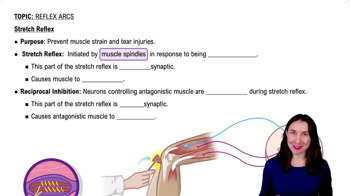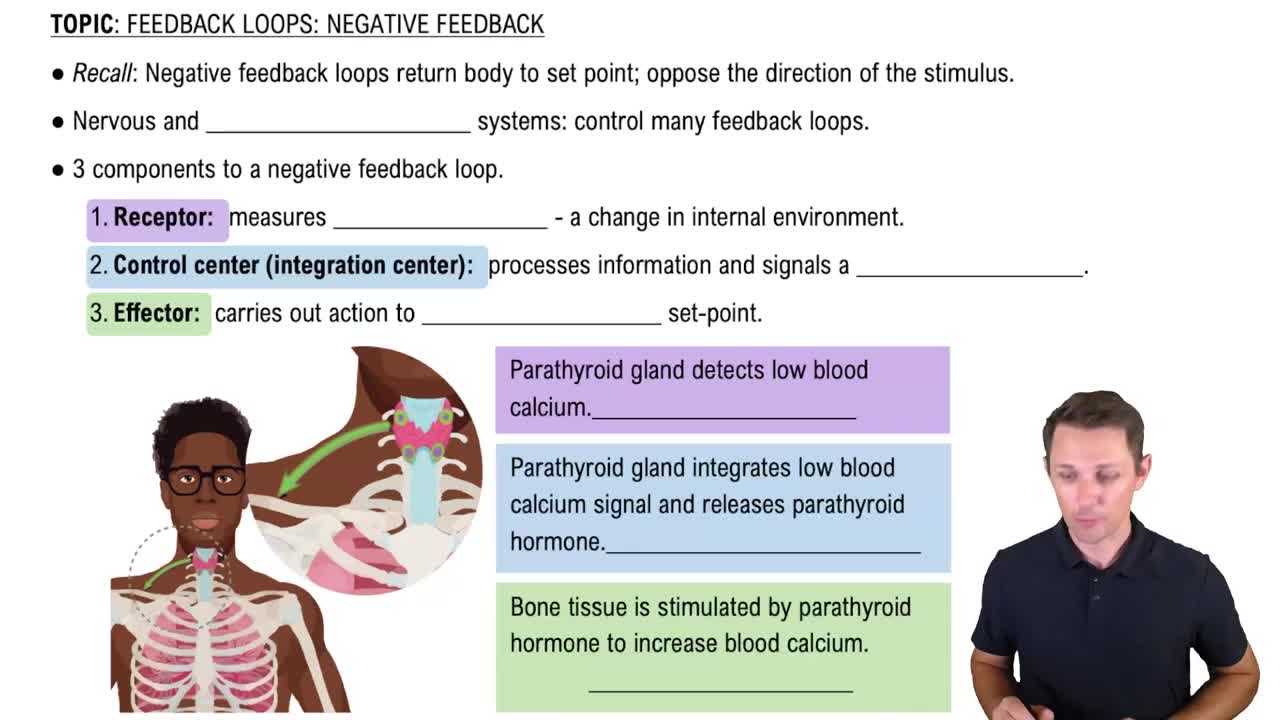During a procedure on Ms. Norman's pancreas, a surgeon makes the initial incision in the left anterior hypochondriac region. List all the organs, serous membranes, and body cavities that the surgeon will encounter as she moves through the body to get to the pancreas. (Hint: Refer to A&P in the Real World: Abdominal Pain for help.)
The baroreceptor reflex causes blood pressure to drop when it rises dangerously high. Predict whether this is a positive or negative feedback loop. Explain your reasoning.
 Verified step by step guidance
Verified step by step guidance
Verified video answer for a similar problem:
Key Concepts
Baroreceptor Reflex

Feedback Loops

Negative Feedback

Use the correct regional and directional terms to describe the location of each of the following organs in the body. You may use Figure 1.8 for reference. <IMAGE>
a. Esophagus
b. Brain
c. Urinary bladder (in a female)
Later that same day, the surgeon performs a procedure on Ms. Norman's right kidney. She makes the incision in the right posterior lumbar region. Will she cut through the same serous membrane(s) and cavities as in the previous procedure? Why or why not? How would this change if the incision were made on the anterior lumbar region?
Groups of many cells working together to perform a common function are known as a(n):
a. cell.
b. organ.
c. organ system.
d. tissue.
Mark the following statements as true or false. If a statement is false, correct it to make a true statement.
c. Living organisms react to changes in their environment known as stimuli.
Mark the following statements as true or false. If a statement is false, correct it to make a true statement.
b. All living organisms are composed of one or more cells.
